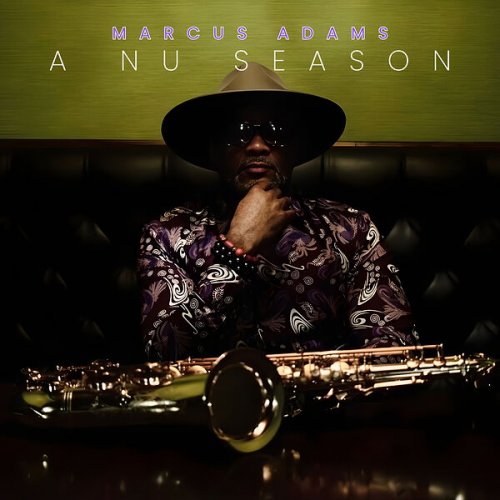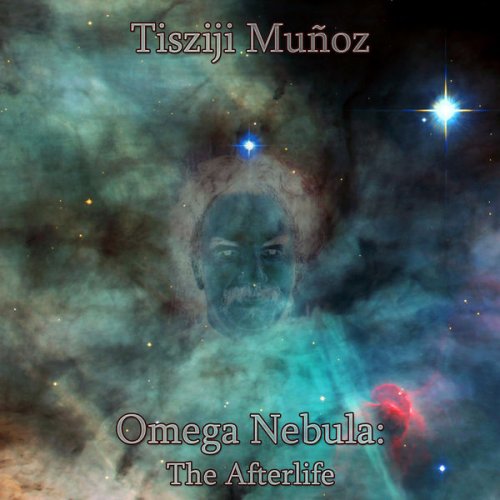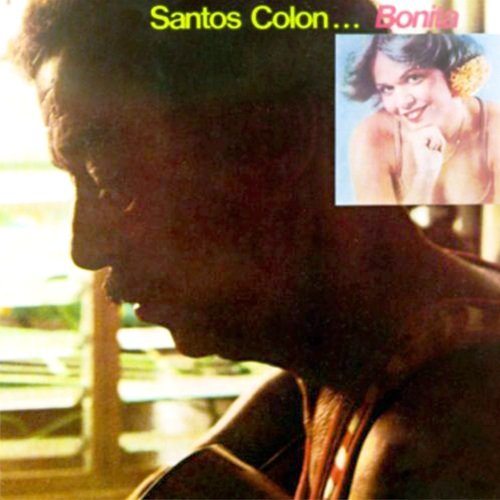Folke Gräsbeck - Jean Sibelius: Piano Music (2015) CD-Rip

Artist: Folke Gräsbeck
Title: Jean Sibelius: Piano Music
Year Of Release: 2015
Label: BIS
Genre: Classical
Quality: FLAC (image+.cue,log,scans)
Total Time: 80:54
Total Size: 262 mb
WebSite: Album Preview
Tracklist: Title: Jean Sibelius: Piano Music
Year Of Release: 2015
Label: BIS
Genre: Classical
Quality: FLAC (image+.cue,log,scans)
Total Time: 80:54
Total Size: 262 mb
WebSite: Album Preview
[1] Andantino in B major, JS 44
[2] Allegretto in B flat minor, JS 18
[3] Largo in A major, JS 117
[4]-[5] Six Impromptus, Op. 5 - Nos. 2 & 5
[6]-[7] Ten Pieces, Op. 24 - No. 3. Caprice & No. 9. Romance in D flat major
[8] Finlandia, Op. 26
[9] Musette, Op. 27 No. 3
[10] [Polka] 'Aino' in C minor
[11] Valse triste, Op. 44 No. 1
[12] Pan and Echo, Op. 53
[13] Rondino in G sharp minor, Op. 68 No. 1
[14] Granen (The Spruce), Op. 75 No. 5
[15]-[19] Thirteen Pieces, Op. 76 - Nos. 2, 9, 10, 12, 13
[20]-[24] Five Pieces ('The Flowers'), Op. 85
[25]-[26] Two Pieces for Oscar Parviainen
[27]-[28] Eight Short Pieces, Op. 99 - No. 3. Souvenir & No. 7. Moment de valse
[29] Scène romantique, Op. 101 No. 5
[30] The Village Church, Op. 103 No. 1
[31] Landscape II
Performers:
Folke Gräsbeck playing Sibelius’s own piano at Ainola
Ainola was Sibelius's wooden villa, just outside Järvenpää in southern Finland. Now a museum, the house was built for him in 1904, its views over Lake Tuusula one of the few specifics requested by the owner, along with no gurgling water pipes to distract him. We tend to think of Sibelius as an orchestral composer, though he did write much for piano. His keyboard output consisted mainly of short pieces, and a generous selection of them are recorded here. Folke Gräsbeck plays them on Sibelius's own Steinway, a piano which arrived at Ainola in 1915, a 50th birthday gift paid for by 144 of Sibelius s fans. You'd never guess the instrument's age. Its warmth and resonance are well-captured by BIS, and there's something quietly moving about hearing a composer's own pianoresonating in the very space where it was once used by its owner. Gräsbeck's uninhibited, full-blooded playing is a joy, and listening to this CD in one sitting is fascinating. We move from the charming early salon pieces to music which sounds more authentically like Sibelius. Not that the early works are artistically worthless; the best are exquisite, notably two Impromptus from 1893. There's a startling Caprice from 1898, opening with a single line of melody which is made to sound like a plucked guitar. Transcriptions of Finlandia and the Valse Triste are enjoyable, the former's tremolo-heavy intro suggesting a corny silent film soundtrack. The compact Op. 68 Rondino was composed shortly after the bleak Fourth Symphony; it's less dark but equally poignant. Gräsbeck gives us five short sketches inspired by flowers, but the real jewels are the later pieces.The Village Church evokes pealing bells, and the late, unpublished Landscape IIis a disquieting, improvisatory study. A fascinating disc, and the cover art is appealing.
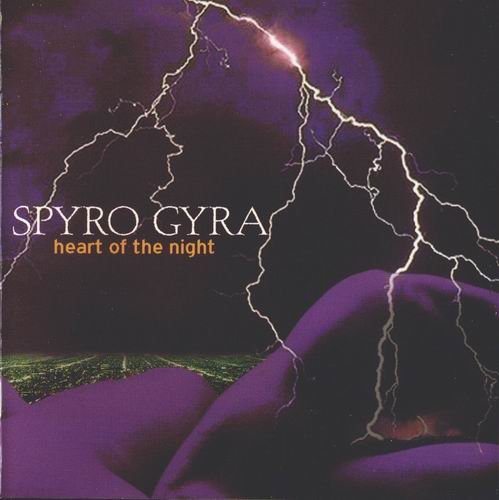
![Nighthawks - Paris Dakar (2025) [Hi-Res] Nighthawks - Paris Dakar (2025) [Hi-Res]](https://www.dibpic.com/uploads/posts/2025-12/1767093398_folder.jpg)
![Manny Albam and His Jazz Greats - Play Music from West Side Story (Remastered Edition) (2025) [Hi-Res] Manny Albam and His Jazz Greats - Play Music from West Side Story (Remastered Edition) (2025) [Hi-Res]](https://www.dibpic.com/uploads/posts/2026-01/1767257208_maws500.jpg)
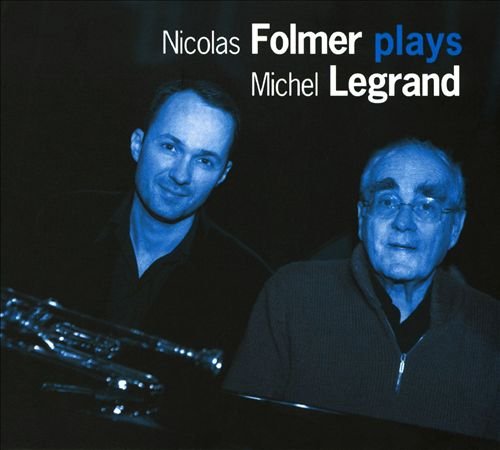
![Tim Richards - Tim Richards Hextet Telegraph Hill (2018) [Hi-Res] Tim Richards - Tim Richards Hextet Telegraph Hill (2018) [Hi-Res]](https://www.dibpic.com/uploads/posts/2025-12/1766996852_rqnxdiia2f5nc_600.jpg)
